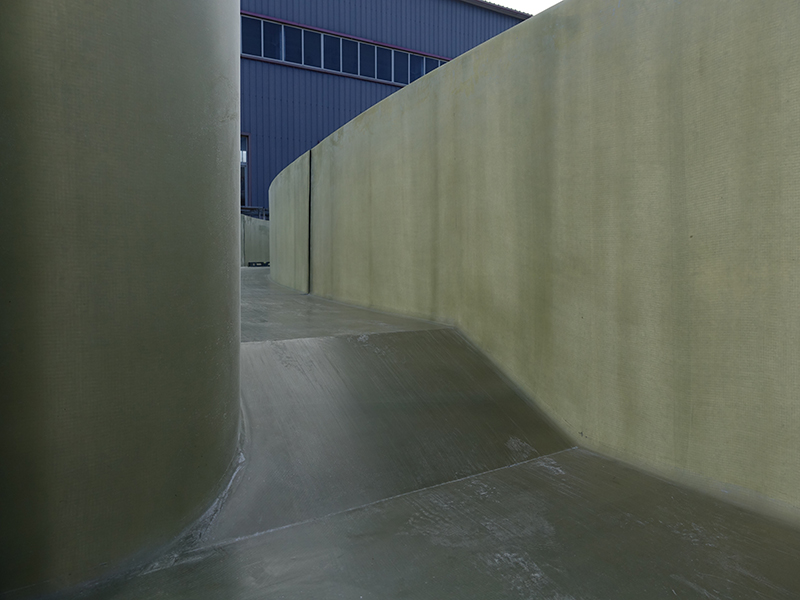
-
 Afrikaans
Afrikaans -
 Albanian
Albanian -
 Amharic
Amharic -
 Arabic
Arabic -
 Armenian
Armenian -
 Azerbaijani
Azerbaijani -
 Basque
Basque -
 Belarusian
Belarusian -
 Bengali
Bengali -
 Bosnian
Bosnian -
 Bulgarian
Bulgarian -
 Catalan
Catalan -
 Cebuano
Cebuano -
 China
China -
 China (Taiwan)
China (Taiwan) -
 Corsican
Corsican -
 Croatian
Croatian -
 Czech
Czech -
 Danish
Danish -
 Dutch
Dutch -
 English
English -
 Esperanto
Esperanto -
 Estonian
Estonian -
 Finnish
Finnish -
 French
French -
 Frisian
Frisian -
 Galician
Galician -
 Georgian
Georgian -
 German
German -
 Greek
Greek -
 Gujarati
Gujarati -
 Haitian Creole
Haitian Creole -
 hausa
hausa -
 hawaiian
hawaiian -
 Hebrew
Hebrew -
 Hindi
Hindi -
 Miao
Miao -
 Hungarian
Hungarian -
 Icelandic
Icelandic -
 igbo
igbo -
 Indonesian
Indonesian -
 irish
irish -
 Italian
Italian -
 Japanese
Japanese -
 Javanese
Javanese -
 Kannada
Kannada -
 kazakh
kazakh -
 Khmer
Khmer -
 Rwandese
Rwandese -
 Korean
Korean -
 Kurdish
Kurdish -
 Kyrgyz
Kyrgyz -
 Lao
Lao -
 Latin
Latin -
 Latvian
Latvian -
 Lithuanian
Lithuanian -
 Luxembourgish
Luxembourgish -
 Macedonian
Macedonian -
 Malgashi
Malgashi -
 Malay
Malay -
 Malayalam
Malayalam -
 Maltese
Maltese -
 Maori
Maori -
 Marathi
Marathi -
 Mongolian
Mongolian -
 Myanmar
Myanmar -
 Nepali
Nepali -
 Norwegian
Norwegian -
 Norwegian
Norwegian -
 Occitan
Occitan -
 Pashto
Pashto -
 Persian
Persian -
 Polish
Polish -
 Portuguese
Portuguese -
 Punjabi
Punjabi -
 Romanian
Romanian -
 Russian
Russian -
 Samoan
Samoan -
 Scottish Gaelic
Scottish Gaelic -
 Serbian
Serbian -
 Sesotho
Sesotho -
 Shona
Shona -
 Sindhi
Sindhi -
 Sinhala
Sinhala -
 Slovak
Slovak -
 Slovenian
Slovenian -
 Somali
Somali -
 Spanish
Spanish -
 Sundanese
Sundanese -
 Swahili
Swahili -
 Swedish
Swedish -
 Tagalog
Tagalog -
 Tajik
Tajik -
 Tamil
Tamil -
 Tatar
Tatar -
 Telugu
Telugu -
 Thai
Thai -
 Turkish
Turkish -
 Turkmen
Turkmen -
 Ukrainian
Ukrainian -
 Urdu
Urdu -
 Uighur
Uighur -
 Uzbek
Uzbek -
 Vietnamese
Vietnamese -
 Welsh
Welsh -
 Bantu
Bantu -
 Yiddish
Yiddish -
 Yoruba
Yoruba -
 Zulu
Zulu
fiberglass reinforced plastic tanks
The Advantages of Fiberglass Reinforced Plastic Tanks
Fiberglass Reinforced Plastic (FRP) tanks have gained popularity across various industries due to their unique properties and benefits. These tanks are made by combining fiberglass with a plastic resin, creating a composite material that is both strong and lightweight. As industries strive for efficiency and durability, FRP tanks have become a preferred option for storing a wide range of substances.
One of the most significant advantages of FRP tanks is their resistance to corrosion. Unlike traditional steel or concrete tanks, which can deteriorate over time when in contact with aggressive chemicals or extreme environmental conditions, FRP tanks maintain their integrity. This corrosion resistance makes them ideal for storing acids, alkalis, and various chemicals, making them valuable in the chemical processing, agriculture, and wastewater treatment industries. Ensuring that storage tanks do not corrode or leak minimizes environmental contamination and potential hazards.
In addition to their corrosion resistance, FRP tanks are also lightweight, making them easier to transport and install. This characteristic can lead to reduced installation costs and shorter timelines, allowing companies to become operational more quickly. The ease of handling FRP materials is particularly beneficial in remote or challenging locations where heavy equipment may not be readily available.
The durability of fiberglass reinforced plastic tanks cannot be overstated. They can withstand fluctuating temperatures and pressures without compromising their structural integrity. This feature is crucial in situations where temperature variations can be extreme, such as in outdoor storage applications. The longevity of FRP tanks also results in lower lifecycle costs, as businesses will not need to frequently replace tanks due to wear and tear, contributing to overall cost savings in maintenance and replacement.
fiberglass reinforced plastic tanks

FRP tanks are also customizable. Manufacturers can tailor the size, shape, and design of the tanks to meet specific industry requirements. This flexibility allows businesses to choose tanks that optimize their storage processes, whether it involves bulk storage or specialized containment for unique substances. Customization extends to the type of resin used, ensuring that the final product is tailored to the specific chemical or physical requirements of the application.
Another significant advantage of FRP tanks is their superior insulation properties. Because fiberglass is a poor conductor of heat, FRP tanks help maintain constant temperatures for the fluids stored within them. This feature is particularly crucial for industries where temperature control is vital, such as food and beverage storage, pharmaceuticals, and more. By minimizing thermal fluctuations, companies can preserve the quality of their products.
Furthermore, the installation of FRP tanks often involves simpler and less invasive processes compared to traditional materials. Many FRP tanks come as modular units that can be easily assembled on-site. The installation process generally requires less heavy machinery and construction work, reducing labor costs and project timelines.
In conclusion, fiberglass reinforced plastic tanks offer numerous advantages, including corrosion resistance, lightweight construction, durability, customization options, excellent insulation, and simplified installation. As industries continue to seek solutions that are efficient, cost-effective, and environmentally friendly, FRP tanks have proven to be a reliable choice for a variety of applications. Their robust features not only address the immediate needs of storage but also contribute positively to operational efficiency and safety, ensuring that FRP tanks remain a popular choice for many years to come.
Latest news
-
Exploring the Benefits of Top Hammer Drifter Rods for Enhanced Drilling PerformanceNewsJun.10,2025
-
High-Precision Fiberglass Winding Machine for GRP/FRP Pipe Production – Reliable & Efficient SolutionsNewsJun.10,2025
-
FRP Pipes & Fittings for Shipbuilding - Corrosion-Resistant & LightweightNewsJun.09,2025
-
Premium FRP Flooring Solutions Durable & Slip-ResistantNewsJun.09,2025
-
Premium Fiberglass Rectangular Tanks Durable & Lightweight SolutionNewsJun.09,2025
-
Tapered Drill String Design Guide Durable Performance & UsesNewsJun.09,2025









